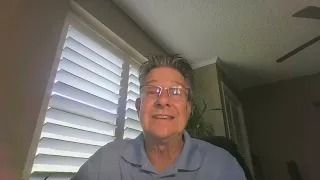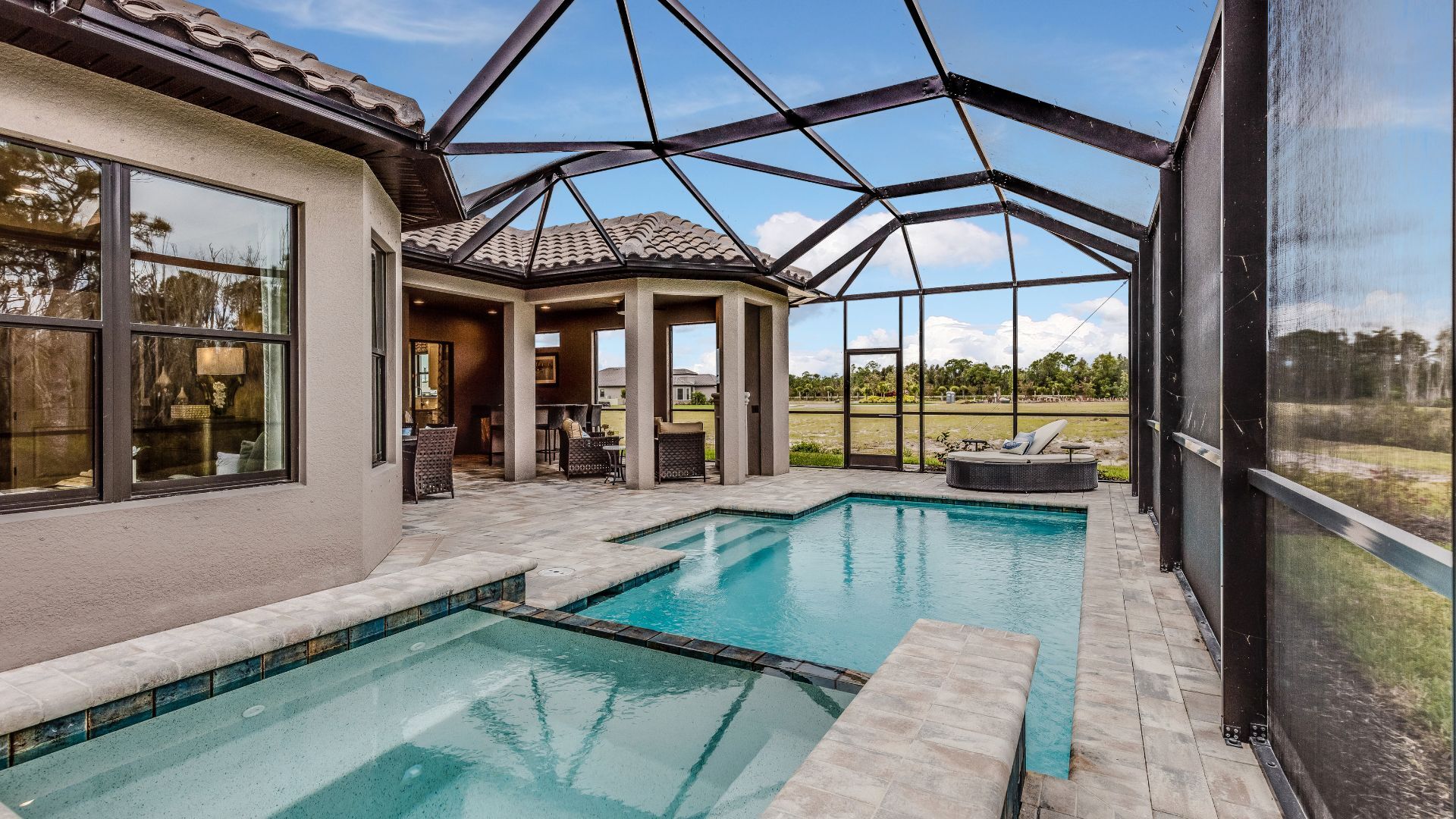HELOC volume up nearly 50% over first 5 months of 2022 Growing HELOC demand may spark more deals in the nascent HELOC securitization market, one bond-rating agency reports
Home-equity lending is on a roll this year, with the combined volume of home-equity lines of credit (HELOCs) and traditional closed-end home equity loans up 47% from January to May of 2022, compared with the same period last year.
Nearly $69 billion in HELOC credit limits and $27 billion in closed-end home-equity loans were originated over the first five months of 2021. That compares with $101 billion in HELOC volume and $38 billion in closed-end home-equity originations over the same period this year, according to a new report by the Urban Institute’s Housing Finance Policy Center.
Closed-end home-equity loans generally carry a fixed interest rate and involve a single lump-sum disbursement at the beginning of the loan, with repayment beginning immediately. HELOCs, by contrast, are revolving debt generally featuring a variable interest rate, like credit cards, and normally do not involve a single lump-sum disbursement. Instead, HELOCs offer two distinct periods during the term of the loan — a 10-year draw period and a 15-year repayment period, for example.
“With the economics of cash-out refinance worsening amidst higher rates, homeowners are showing increased willingness to use home equity lines of credit (HELOC) and home equity loans to tap equity,” the recent Housing Finance Policy Center report states.
The increasing popularity of home-equity loans also is expected to help revitalize interest in aggregating HELOCS for residential mortgage-backed securities (RMBS) offerings, which have been nearly nonexistent since the 2008 global financial crisis, according to a recent HELOC-focused report by bond-rating firm DBRSMorningstar.
“A few HELOC securitizations have been issued recently, after having been non-existent in the post-financial-crisis era…,” the DBRS Morningstar report states. “More potential issuers have looked to add HELOC securitization funding this year, especially given the dramatic rise in home values providing increased home-equity availability.
“As HELOC originations grow from both bank and nonbank financial lenders, HELOC RMBS may see additional issuer opportunities, and structure formats will likely adapt to the unique features and risk aspects of the HELOC products of today.”
The DBRS Morningstar report also points out that nonbanks have started offering HELOCs that feature “slight variations on the traditional depository HELOC form,” such as shorter terms, fixed rates and an option for a lump-sum disbursement during the draw period. Among the nonbanks that either have or plan to introduce HELOC loan products are Rocket Mortgage, Guaranteed Rate, loanDepot and New Residential Investment Corp. (recently rebranded as Rithm Capital).
DBRS Morningstar’s report also notes that from 2019 to the present, a total of only nine residential mortgage-backed securities (RMBS) offerings have been completed involving HELOCs as collateral.
One of those deals made its way to the market this year. That deal, dubbed GRADE 2022-SEQ2, was a $198.6 million RMBS offering sponsored by Saluda Grade Opportunities Fund LLC. It was backed by 2,327 loans that included a mix of both closed-end second-lien mortgages and HELOCs, according to a presale report by Kroll Bond Rating Agency (KBRA) .
The loan originator for the RMBS offering was Spring EQ LLC, which focuses on originating second-lien mortgages, including closed-end home equity loans and HELOCs. The initial note purchaser for the RMBS offering, which closed in April of this year, was Raymond James & Associates, according to the KBRA report.
The spike in home-equity lending also was called out by the Federal Reserve Bank of New York, which noted in its second-quarter 2022 Household Debt and Credit Report that limits on HELOCs jumped by $18 billion in the second quarter of this year. The jump represents “the first substantial increase in HELOC limits since 2011,” and is an indicator of an increase in new originations. HELOC balances stood at $319 billion for the second quarter, according to the Federal Reserve report.
“Balances on home-equity lines of credit (HELOCs) increased by $2 billion [in Q2], a modest increase but one that follows many years of declining balances,” the Fed report continued.
Another report by TransUnion shows the number of HELOC originations nationwide, based on the credit bureau’s analysis, jumped from 207,422 for second-quarter 2021 to 291,736 for the second quarter of this year — a 41% increase.
In addition, one of the largest lenders in the country, Bank of America, also reported a big jump in overall home-equity loan originations over the first six months of 2022 — from about $1.7 billion in 2021 to $4.6 billion this year based on the principal amount of the total line of credit, according to the bank’s second-quarter 2022 earnings report. HELOC’s were not broken out separately in that report.
“Cash-out refinance volumes are likely to remain muted for the foreseeable future as most borrowers will be reluctant to give up their ultra-low rates,” the Housing Finance Policy Center report states. “This suggests that demand for HELOCs and home-equity loans will remain strong, especially given the supply shortage and substantial equity build-up for existing homeowners.
“We would also expect home-equity credit availability to improve as mortgage lenders look for ways to approve more borrowers to keep volumes flowing.”
Have A Question?
Use the form below and we will give your our expert answers!
Reverse Mortgage Ask A Question
Start Your Loan
with DDA todayYour local Mortgage Broker
Mortgage Broker Largo See our Reviews
Looking for more details? Listen to our extended podcast!
Check out our other helpful videos to learn more about credit and residential mortgages.





